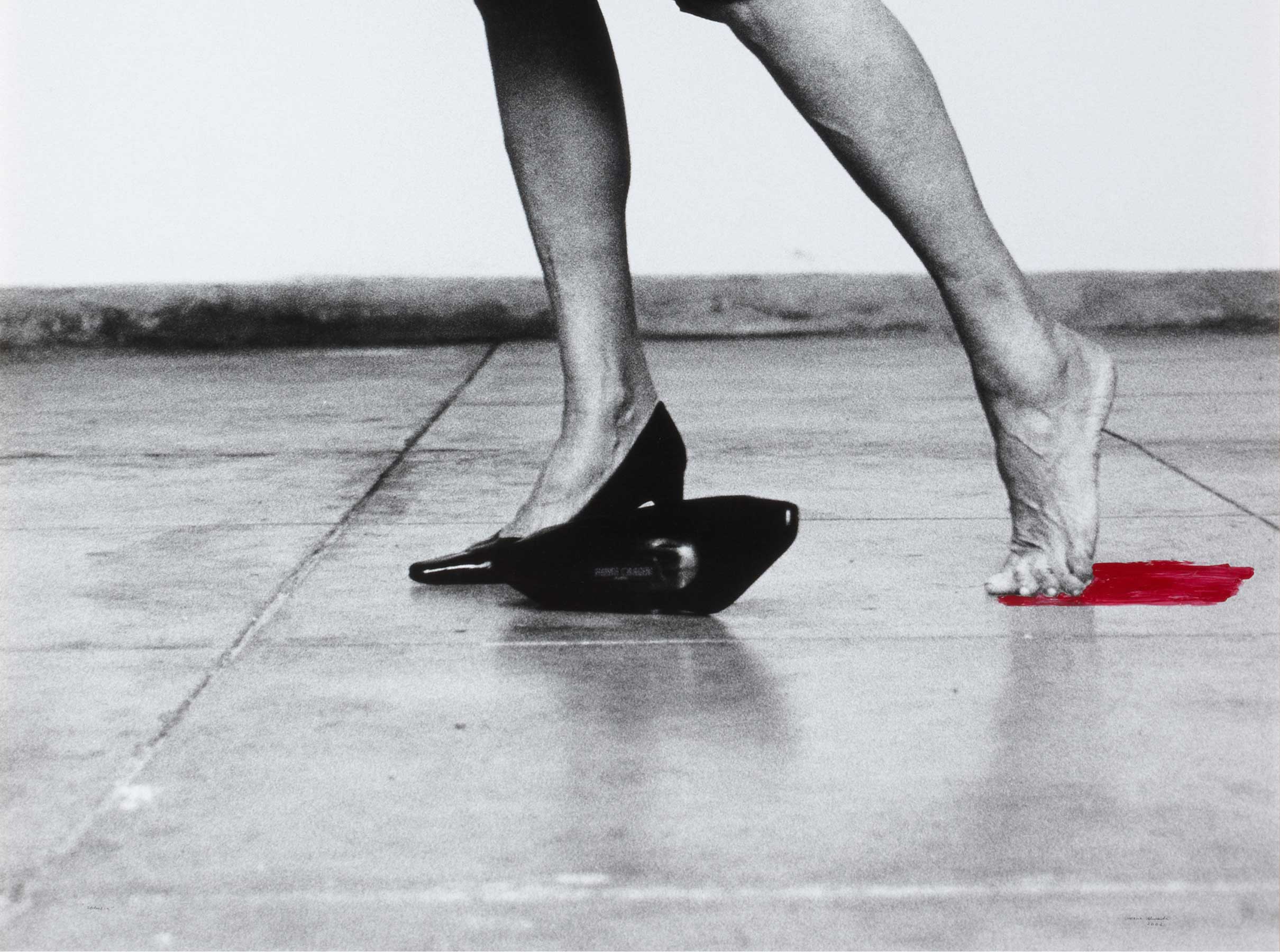Fernando Zóbel is represented in the Banco de España Collection by an outstanding piece from one of his latest series Shores. This followed the White Series from the late 1970s, in which he began to simplify his painting, starting from a return to the landscape genre. Shore 33 (1981) is highly representative of the work method of late-period Zóbel, a careful observer of the territory, in this case Cuenca and its surrounding area, where the artist from the Philippines had settled after founding the Spanish Abstract Art Museum in 1966.
The worn profiles of the gorges and the nearby presence of the Huécar and Júcar rivers inspired these shrouded images of river banks, reduced to their essence thanks to detailed preliminary studies. In his late period, Zóbel drew wefts as grids on a sketch of natural settings or even a photograph. In the final work, which is also a summary or distillation of that mechanism to observe and reduce the landscape to a geometric outline, the process is reflected in a series of angles from which liquid colour spills, with the feature that dominates the upper part of this composition being a case in point. Undoubtedly, Shore 33 was painted at a time when Zóbel was more unencumbered, freer in front of the canvas, able to contain the dramatism of his works of the previous decades in a process of simplification and purification similar to that of Manuel Millares at the end of his career or that of his close associate Gustavo Torner.
The poet José Hierro explains the way in which Zóbel worked in his later years as follows: ‘We are in the realm of painting as a “mental thing”, in the Platonic world of ideas. Zóbel finds the embryo of his work in nature. But he needs that raw material to lose its consistency, its geological elementality, to become a product of intelligence assisted by sensitivity. The whole search consists of finding an essence that is the “objective correlate” of the landscape seen, seen again, travelled, dreamed. Zóbel acts with the serenity of a chemist who decomposes a substance into its component elements; his reagents are in his mind. He deploys the tools of geometry so that the landscape is rearranged, subjected to secret golden numbers, turned into a ghost of itself. The search for the divine proportion is manifested through reticulated horizontal and vertical lines, sometimes oblique, that organise the golden, immaterial masses that the initial reality will finally become’.
Other works by Fernando Zóbel

![Orilla 33 [Shore 33]](/f/webca/INF/assets/img/fff.png)